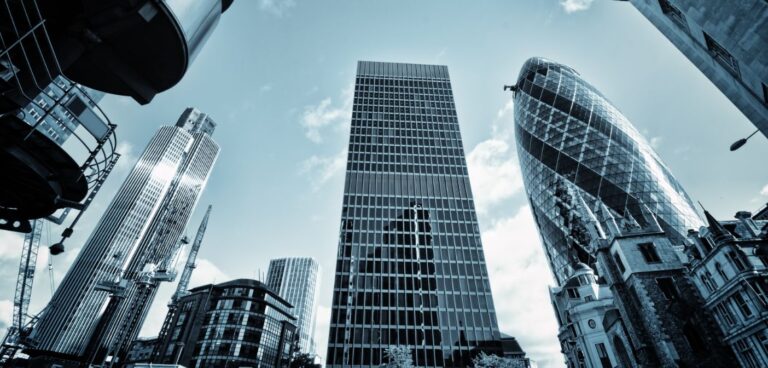A range of air quality measures, coupled with the response to the Covid-19 pandemic, has seen a 42% drop in nitrogen dioxide (NO2) levels in the City of London’s Square Mile since 2016.
City of London Corporation, the governing body of the Square Mile, said statistics were confirmed by air quality monitors at Beech Street, the Aldgate School and Walbrook Wharf.
The data was revealed as the corporation’s port health and environmental services committee agreed to commission new research to help reduce particulate matter – known as PM2.5 and PM10 – following new guidelines published by the World Health Organisation (WHO) in September.
City of London Corporation will use the research findings to develop new air quality plans to reduce local sources of the pollutant.
Square Mile air quality is expected to improve further, helped by the city corporation’s Air Quality Strategy, which aims for more than 90% of the city to meet the 2005 WHO guidelines for nitrogen dioxide by 2025.
In addition, the corporation’s Climate Action Strategy, which commits the organisation to achieve net zero carbon for its own operations by 2027 and to support the achievement of net zero for the whole Square Mile by 2040, will also cut air pollution through a range of decarbonisation work.
“These statistics show a very welcome improvement in air quality but there is still a lot of work to do,” said Keith Bottomley, chairman of the City of London Corporation’s environmental services committee.
“Air pollution remains a public health crisis in the capital, and the latest WHO guidelines show that it has a greater impact on health than previously thought.
“Our plans are focused on continued improvement in air quality year-on-year.
“We will take bold and practical actions to eradicate toxic air, raise community awareness and reduce exposure in the Square Mile and city and wider London.”
The city corporation is currently taking a number of measures to combat toxic air in London, including banning new diesel vehicles from its fleet, where there is a clean market alternative, and leading a London-wide crackdown on drivers who leave their engines idling when parked.
Its CityAir app gives 35,000 Londoners low-pollution travel routes with advice and alerts when air pollution is high. Meanwhile, its emissions-based charges for on-street parking in the Square Mile targets high polluting transport with higher charges, while rewarding drivers of low-emission vehicles with lower tariffs.
The majority of particulate matter measured in the Square Mile reportedly comes from outside its boundary but there is some generated locally. The corporation claims that this is likely to be black carbon from the combustion of diesel in vehicles, generators and construction equipment, the burning of gas and from solid fuel used in restaurants.
The commissioned work aims to understand the exact proportion of PM2.5 generated locally and how it can be most effectively controlled. This will assist in the formulation of a new action plan required by the Environment Act 2021.
According the city corporation, the dominant type of local PM2.5 is likely to be black carbon and targeting this pollutant locally will have the most effective health outcomes. Furthermore, as black carbon is also said to be a strong climate warming agent, it’s believed that this approach will lead to a positive effect on climate action.





